subhaan Allah this is brilliant ❤️❤️❤️❤️ Human being is creator's biggest miracle.. Allah is love
How a child is born
Photographer Lennart Nilsson spent 10 years of his life recording the growth of the human embryo, from conception to birth.
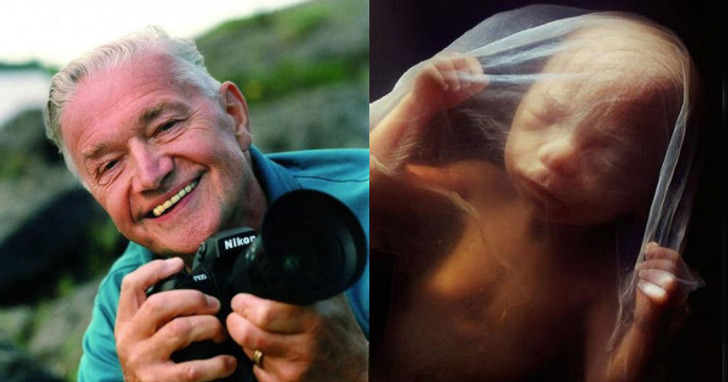
The world first heard of Lennart Nilsson in 1965, when LIFE magazine published 16 pages of his photographs of human embryos. The shots were immediately reproduced in ’Stern’, ’Paris Match’, ’The Sunday Times’, and other publications. Microscopes and the cameras were Nilsson’s main passion even in childhood. In time, the ambition formed to show the world the beauty of the human body at the micro level. He managed to take his first photos of a foetus already in 1957, but they weren’t good enough to publish.
Nilsson managed to get his most precise shots with the help of a cystoscope — a medical instrument which is used to examine the inside of the urinary bladder. He attached a camera together with a tiny light to it, and took thousands of photos recording the life of the embryo in its mother’s womb.
Nilsson produced something truly marvellous: for the first time, people were able to see with their own eyes the conception and earliest development of human life.
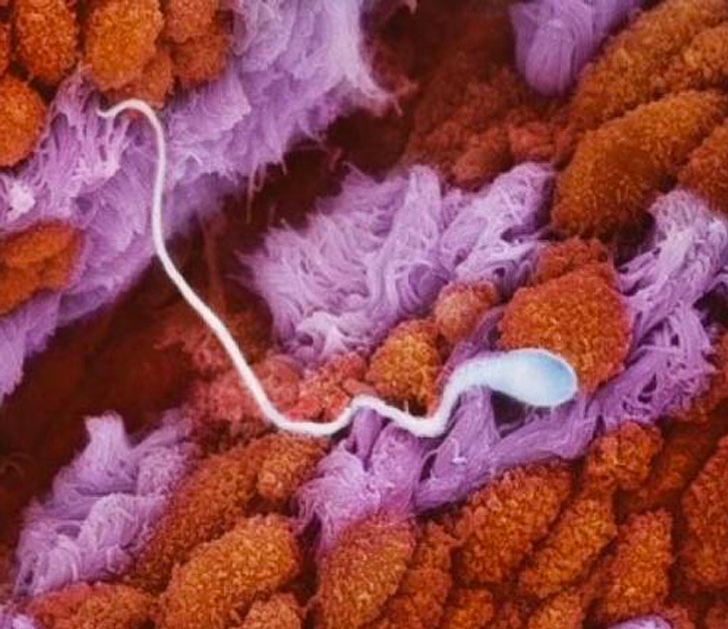
The spermatozoon moves along the fallopian tube towards the egg.
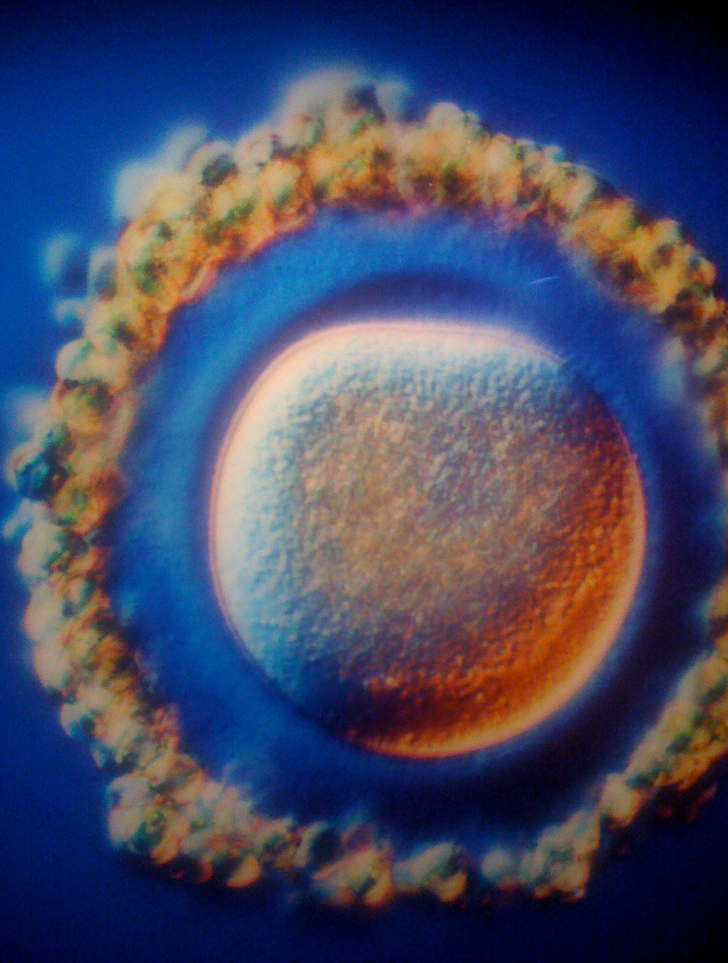
The egg
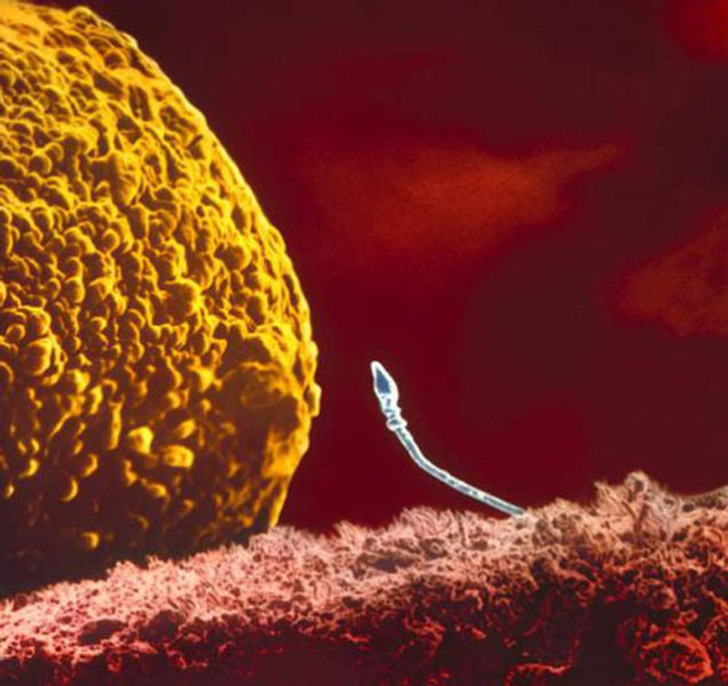
The crucial moment
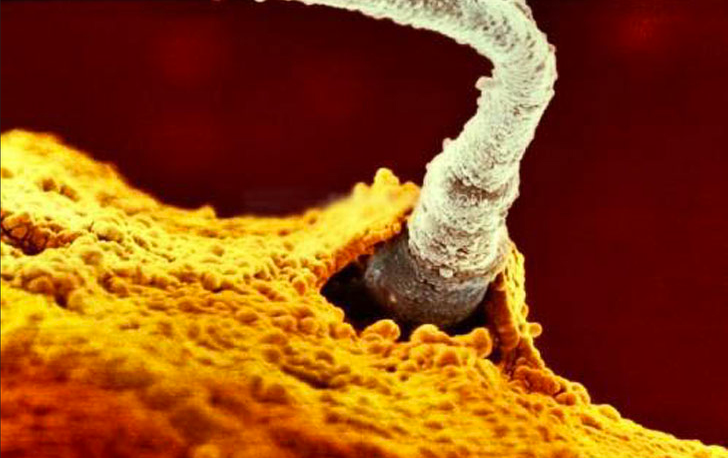
One of the father’s 200 million spermatozoa penetrates the membrane of the egg.
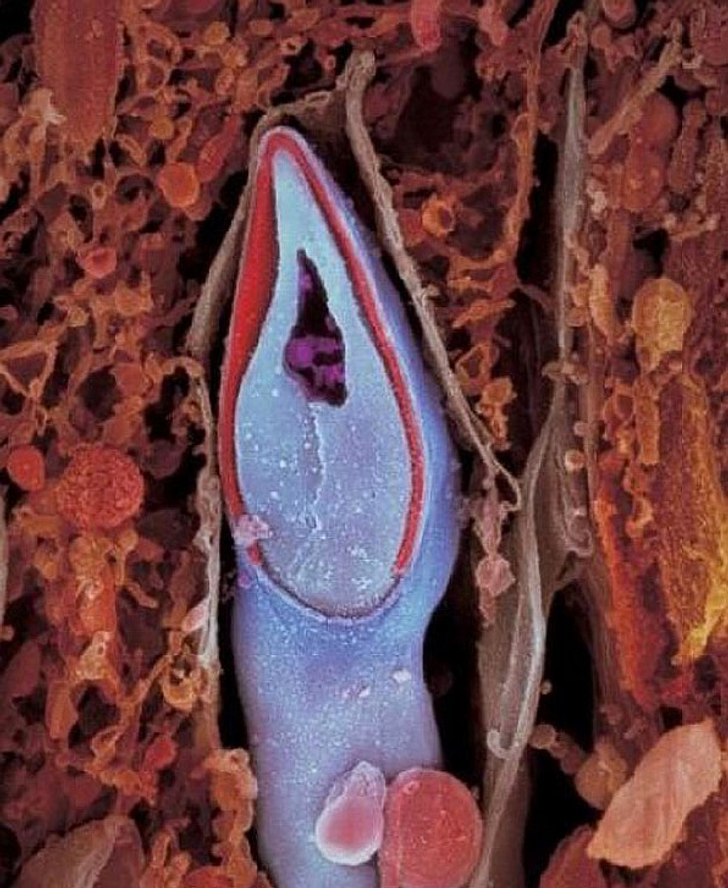
The spermatozoon’s point of view. The head contains all of the genetic material.
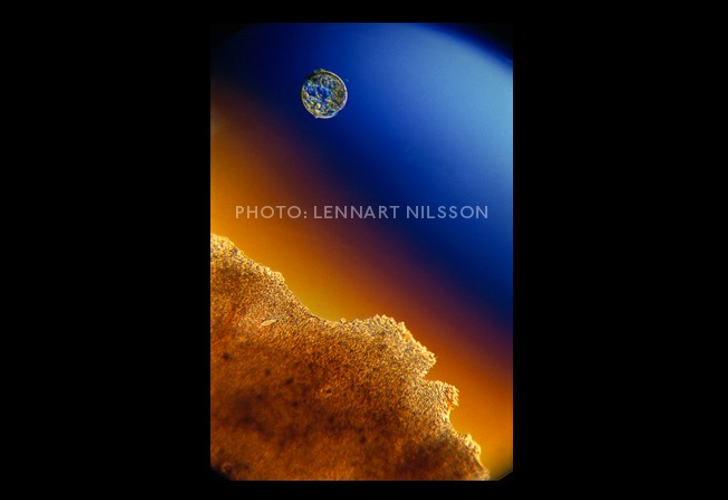
A week later, the embryo migrates to the womb by floating downwards through the fallopian tube.
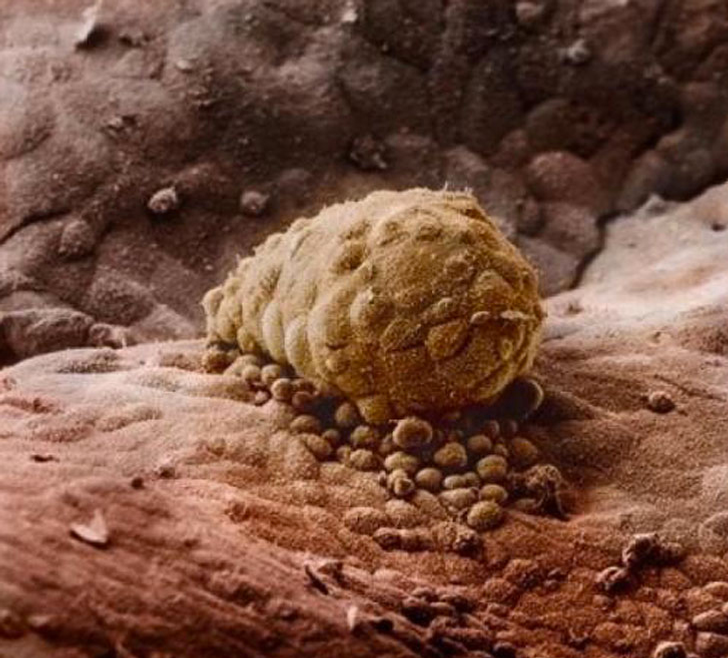
After another week, the embryo attaches to the wall of the uterus.
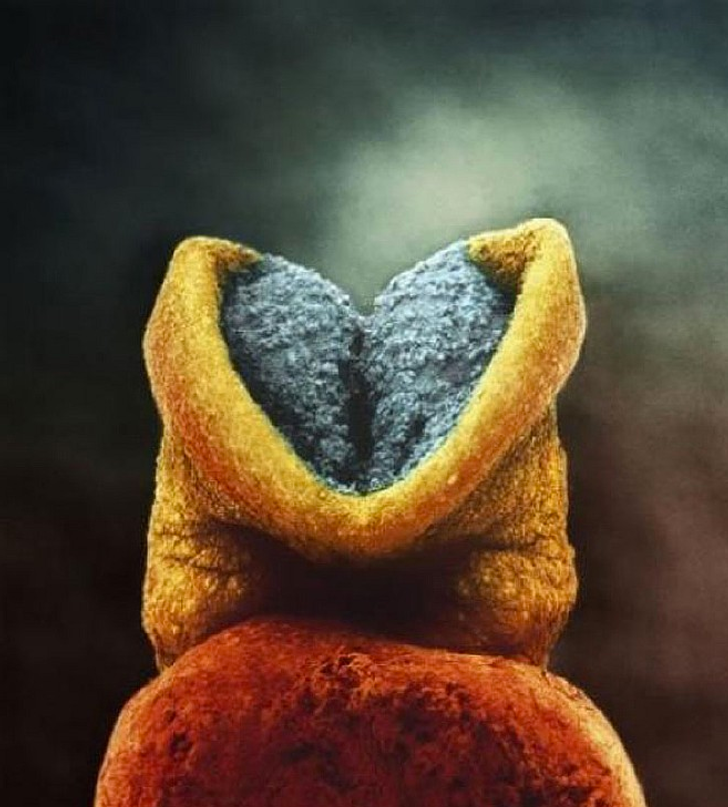
The embryo at 22 day’s development. The grey area will become the child’s brain.
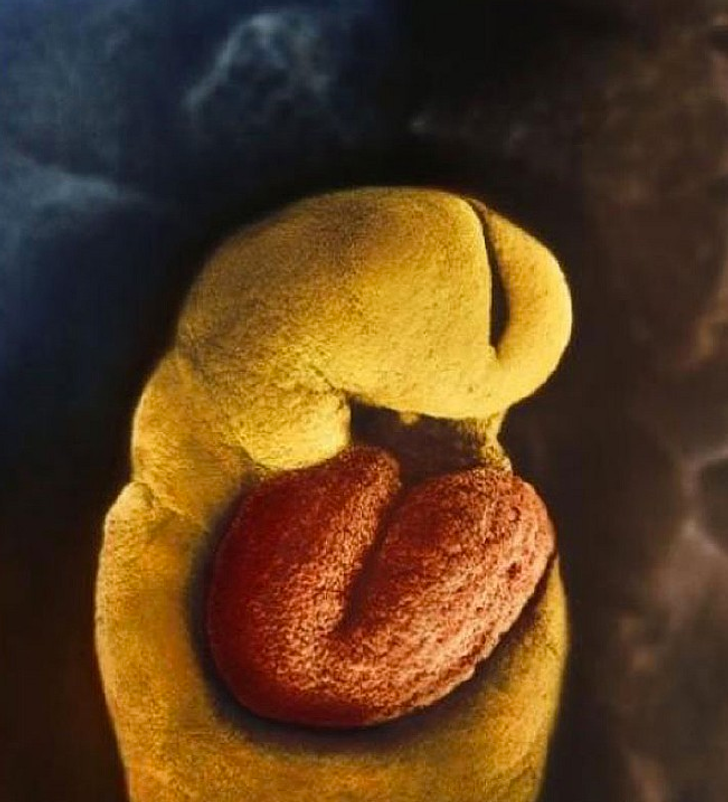
By the 18th day of development, the foetus’ heart begins to beat.
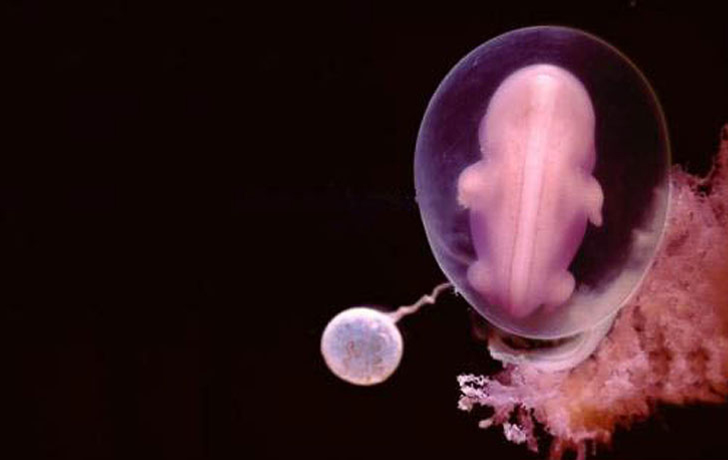
28 days after fertilisation.
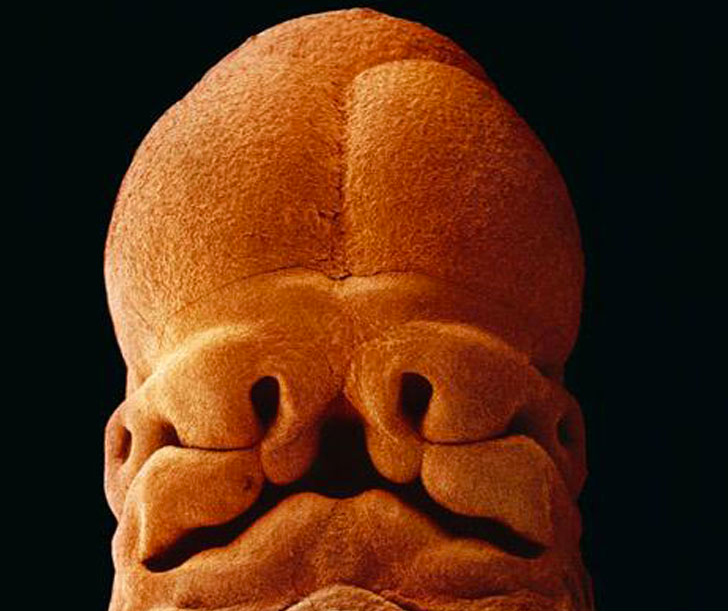
At five weeks, the foetus is 9 millimetres long; it’s already possible to see the face with its openings for the mouth, nostrils and eyes.
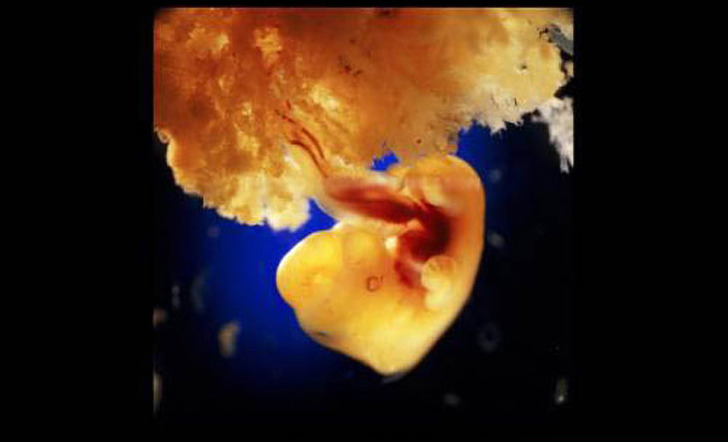
40 days of development. The exterior cells of the foetus join with the loose surface of the uterus wall to form the placenta.
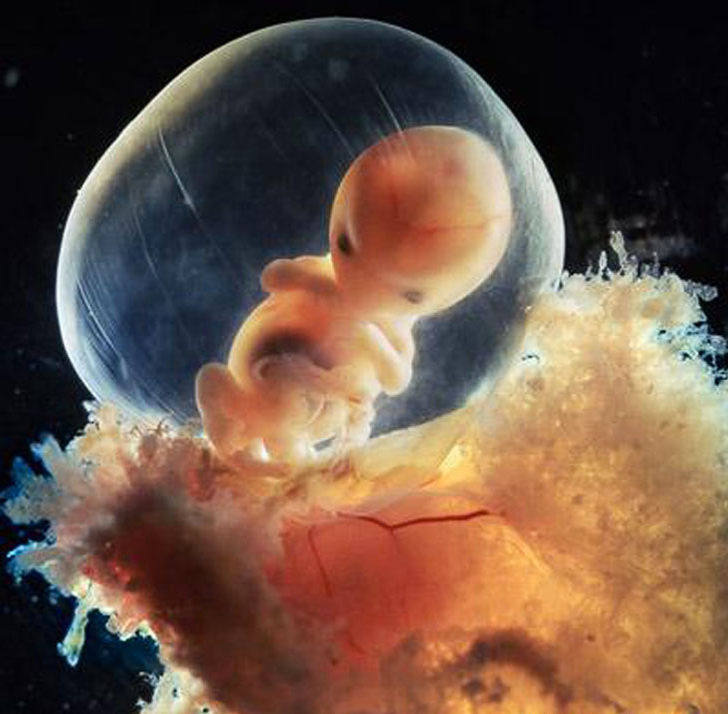
At 8 weeks of development.
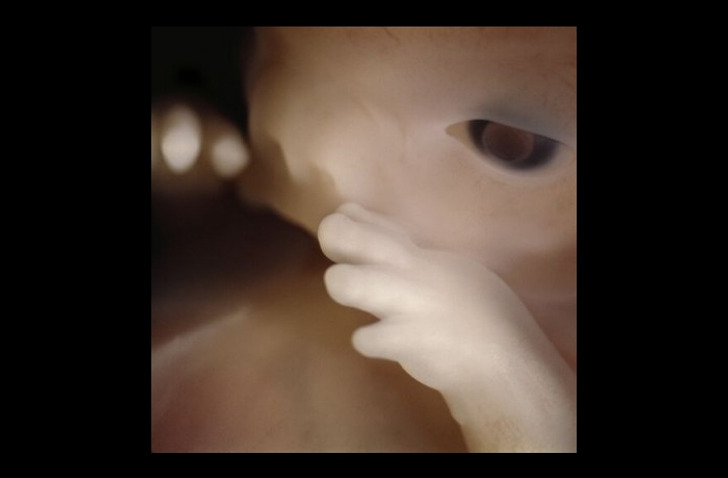
10 weeks. It’s eyelids are already half open. Within several days they will be completely formed.
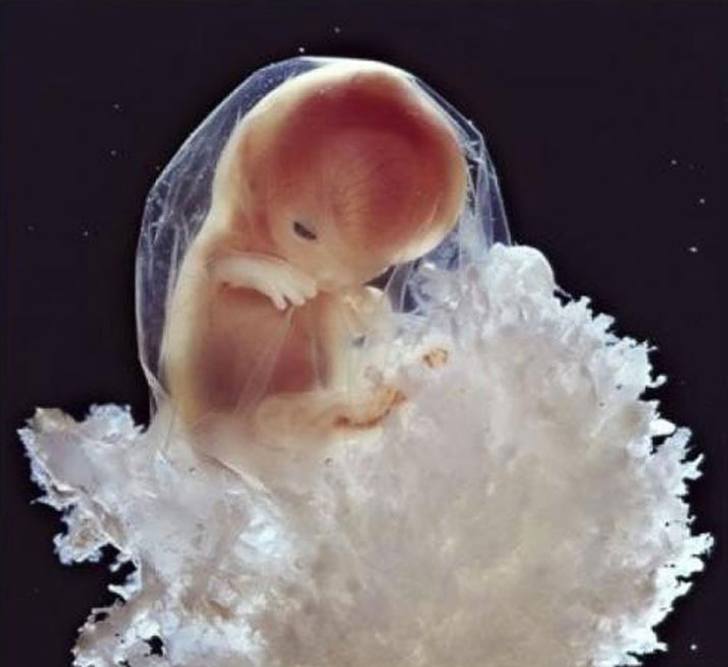
At 10 weeks, the embryo already uses its hands to study the environment.
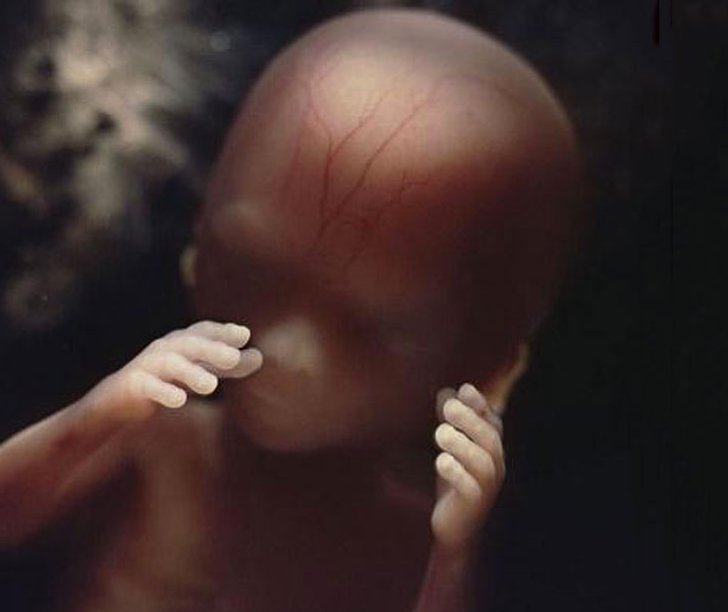
16 weeks.
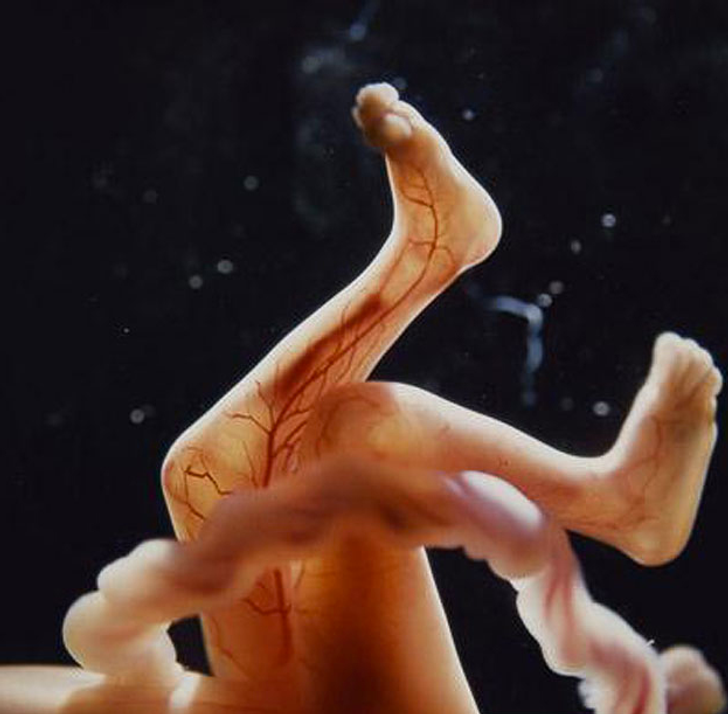
The lines of blood vessels are visible through its skin.
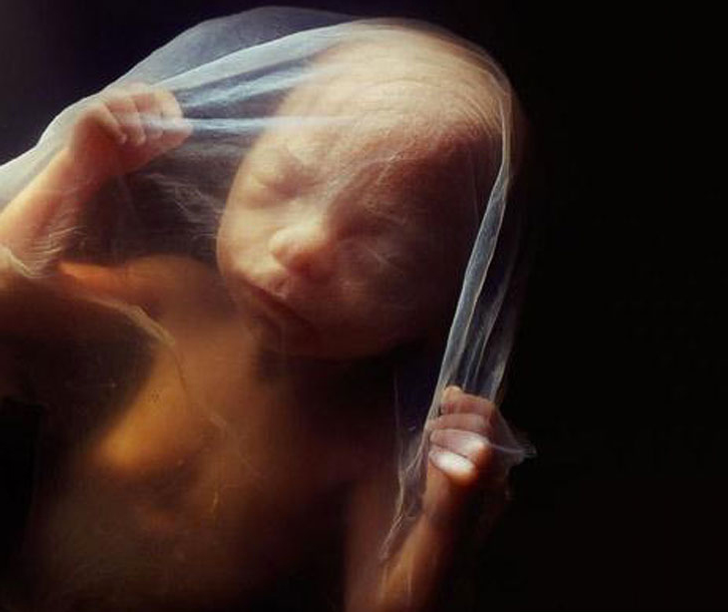
18 weeks. The foetus can now detect sounds from the outside world.
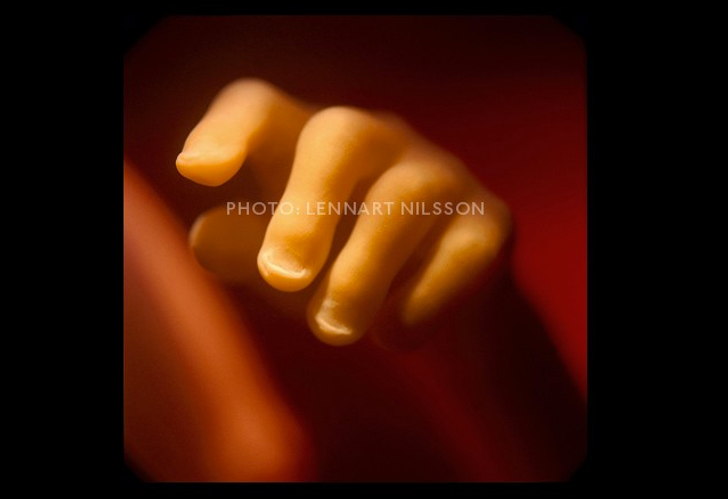
19 weeks.
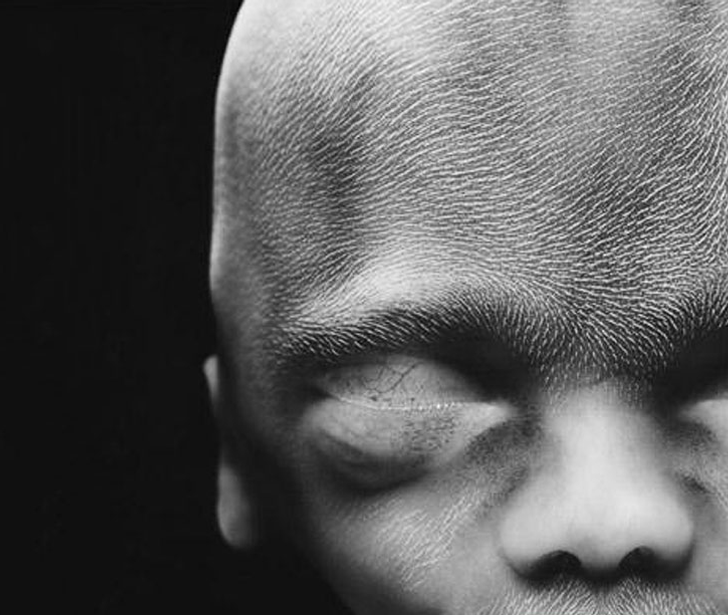
20 weeks. The foetus is now 20 centimetres long. Hair starts to appear on its head.
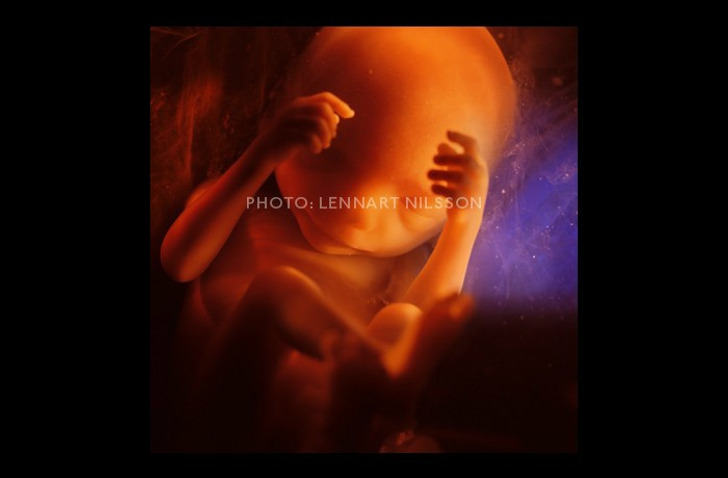
24 weeks.
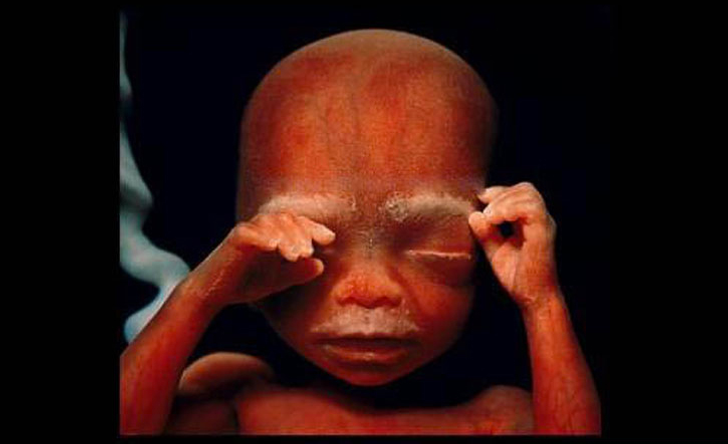
6 months.
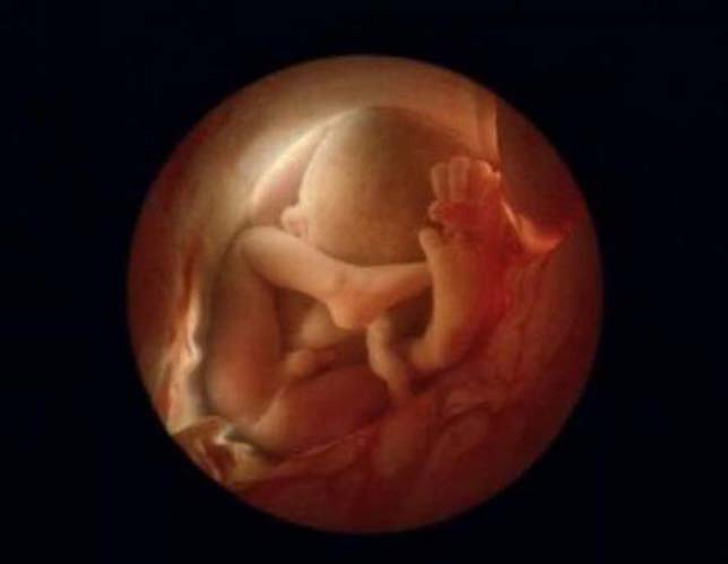
36 weeks. In a month, the baby will be born.
Nilsson’s book, ’A Child is Born’, was published in 1965. It sold out in just a few days and has been republished many times, becoming one of the most popular photography books of all time.
Lennart Nillson is now 91. He’s still interested in science and photography.
Comments
Absolutely Amazing ❣❣ Such stunning and beautiful pictures ❣❣
Related Reads
My Wife Was Sneaking Out of Bed at Night, and When I Chased Her, My Life Made a 180° Turn

I Was Exhausted From Caring for My Baby but Everyone Expected Me to Do All the Work Alone

I "Made Fun" of a Female Colleague for Being Single in Her 40s, and the Revenge Was Brutal

20 People Who Were Lucky Enough to Meet Their Perfect Partner

15 People Whose Dates Didn’t Go Quite as Planned

I Refuse to See My MIL Ever Again - Her Act Is Unforgivable

10+ of the Best Riddles That Can Leave Anyone Confused

8 Hotel Workers Reveal Creepy Situations They've Experienced on the Job
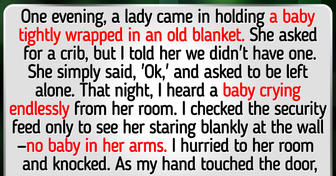
I Trusted My Ex’s New Partner With Our Son, That Was a Mistake

10 People Reveal Their Scariest Travel Nightmares

10 People Revealed Secrets That Turned Their Worlds Upside Down
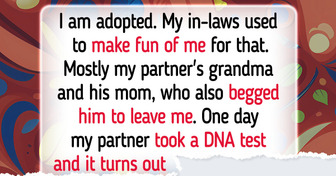
15 People Who Became Victims of Life’s Ironic Surprises
